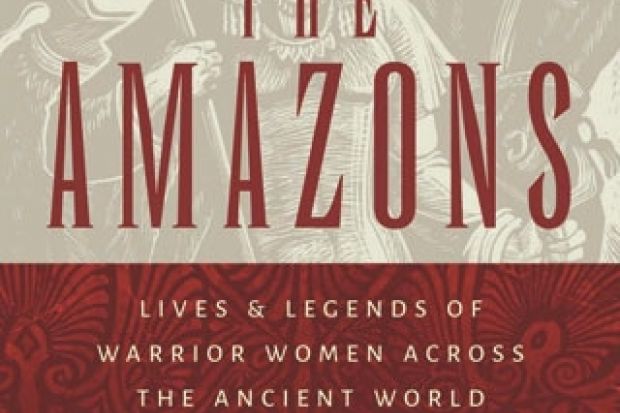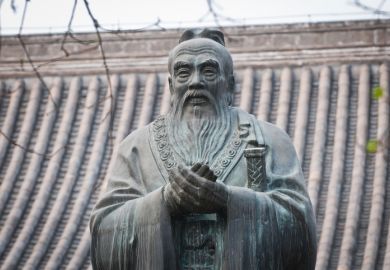Did Amazons ever exist? In this lively and engaging exploration, Adrienne Mayor moves beyond the notion that they were symbolic figures of myth and assembles all the evidence for these warrior-women in antiquity.
In her bid to do so, she draws on rich material ranging from Greek myths through Athenian pots to human skeletal remains found on the steppes of Central Asia. Amazons were genuine semi-nomadic warrior women, she claims, the original high plains drifters whose worldwide infamy brought them into the orbit of successive Western and Eastern civilisations. These women were skilled horse riders who shot arrows, enjoyed mares’ milk, tattoos and drugs, and wore the trousers. Although none of this is new, Mayor pulls the evidence together intelligibly. What is novel, however, is her attempt to bring the patchy evidence for the lived experience of the real horsewomen of the steppes in line with Classical mythology.
We learn that Homer’s Amazons were an Eastern group of men and women, and as the warrior exploits of the women of this “Amazon” race grew, so the sexy myth of a race of superwomen was born and clichés duly followed. The popular notion of the Amazons as one-breasted developed as Greek authors forced the Greek language to accommodate this most compelling of factoids. Indeed, Mayor is right to state that the origin of the word “Amazon” has nothing to do with bosoms. Nor are there grounds for the notion that Amazons were wedded to their virginity or were man-hating dykes; au contraire, many of those legendary girls liked nothing more than a bit of man-lovin’. Many of them fell for the charms of strapping Greek heroes, albeit sometimes at spear-point.
What Mayor calls her “Encyclopaedia Amazonica” forces us to interact with the Amazons as one great, thunderingly complex, homogeneous group, both real and imagined. But as vivid, compelling and detailed as her study is, this is problematic. Throughout the ages men have shaped Amazons according to the needs of the day. There has never been one thing called an “Amazon”, but there have been centuries’ worth of “Amazon types” created as part of a shifting (often illogical) narrative.
When the Athenians witnessed the bulldozer-like onslaught of the Persian Empire, this little understood Eastern enemy (a terrorist threat, no less) was filtered through the familiar myth of the Amazons, duly reworked and reimagined Iranian-style. “Amazon” and “Persian” became synonymous, and the Athenians felt better for it: Amazon and Persian were reviled and fetishised in equal measures. The Greeks had vanquished the (legendary) Amazons in the dim and distant past, and now the Athenians could take on the (very real) Persians too. They were simply “Amazons” by any other name.
After the Persian Wars, the Amazons were tamed and eroticised in stories of Greek heroes and their Amazon lovers. Added to the legends (as historiography encountered myth) was that of Alexander the Great, who not only encountered a group of Amazons in his eastern campaigns, but even bedded the Amazon queen Thalestris – a vivid metaphor for the conquest and unmanning of Asia.
How close any of this brings us to the tattooed horsewomen of Central Asia is highly debatable and Mayor never successfully deals with that rift. This winning book is a rich compendium of Amazon-related “data”, but fails to make a convincing case for the splicing together of myth and history.
The Amazons: Lives and Legends of Warrior Women Across the Ancient World
By Adrienne Mayor
Princeton University Press, 536pp, £19.95
ISBN 9780691147208 and 9781400865130 (e-book)
Published 8 October 2014





